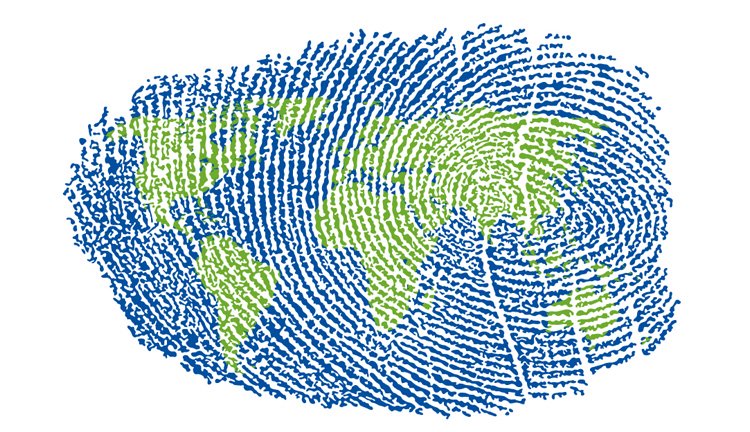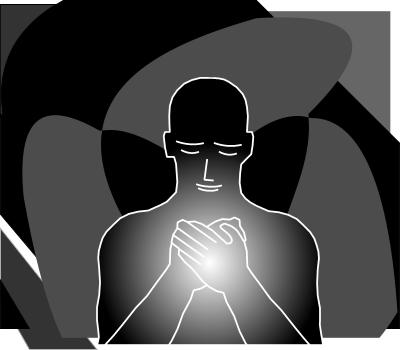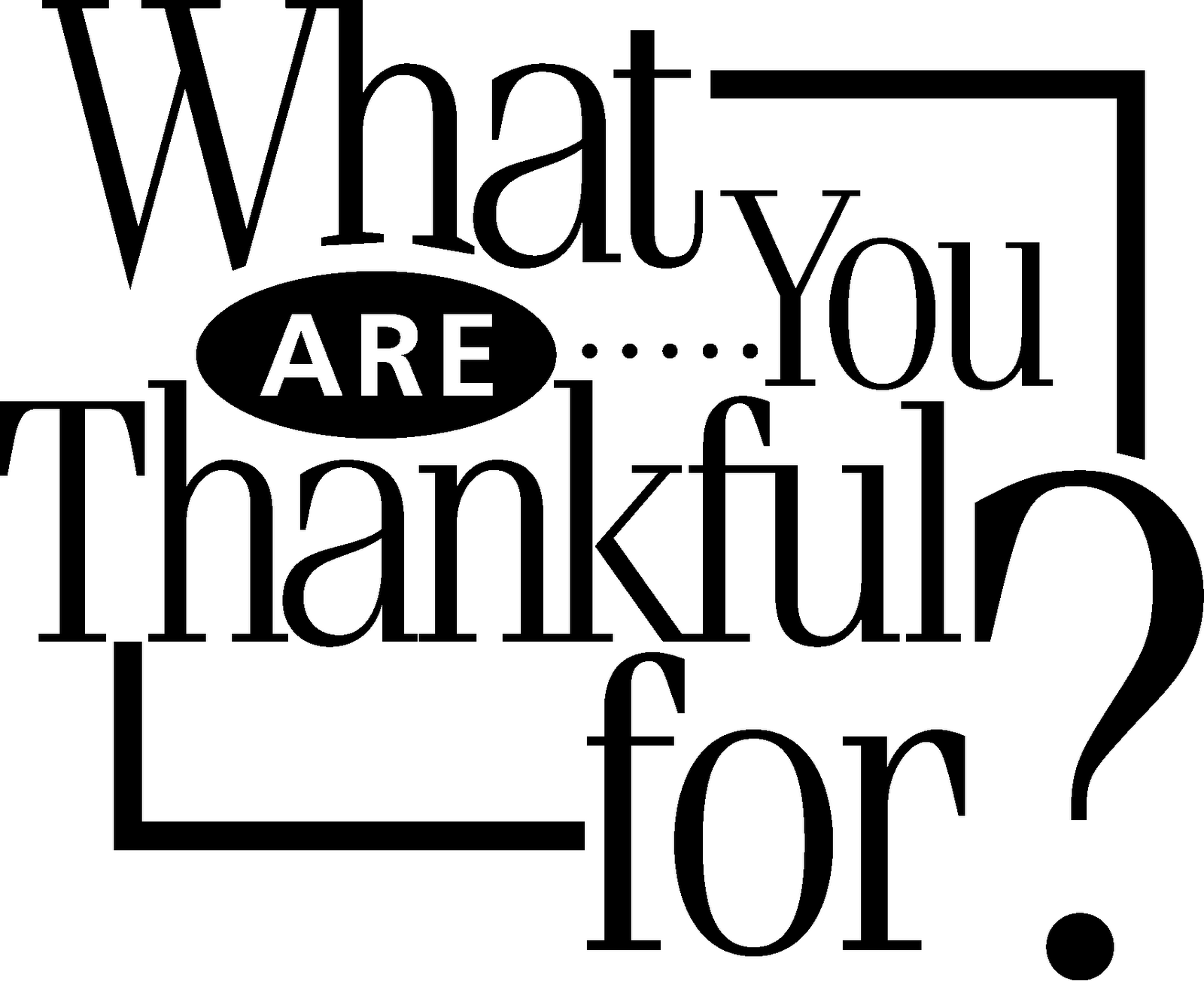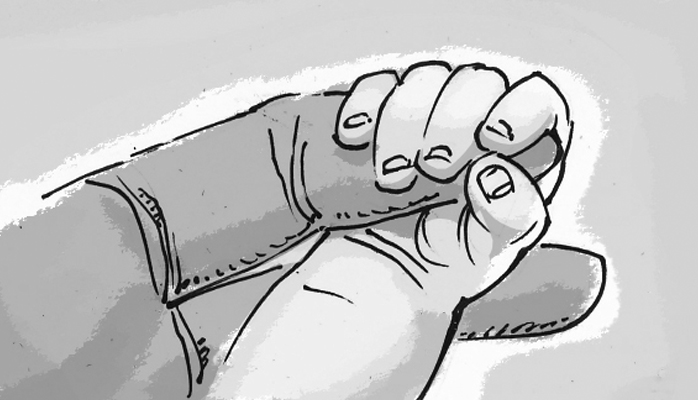While visiting with some friends, the questions to catch up inevitably came to Zari, the youngest, a sophomore in high school: “How is school going this year?”
“OK. Good.?” The last word was spoken as a statement with a subtle hint of question as she spoke the second half of the one-syllable word. The look on her face was even more telling.
“What is it?” we pushed further.
“I like all my classes; it’s just that I don’t feel any personal connection to my teachers. Last year, I felt like my teachers knew me – and I knew them, but this year, I don’t know it’s just not there.”
I was curious. “What did it look like last year – and how does it look different this year?”
“The biggest thing is that they changed our support class from right after lunch to the end of the day.”
Zari went on to describe what the support class was – and what it was becoming. Last year, it seems, the school scheduled a support class right after lunch. All students were encouraged to seek out additional support in the class of their choice, and students who had “D”s were required to seek support for those classes.
This year, the support period was moved to the last period of the day. When I asked if students ditched school instead of going to the support class, Zari affirmed – but also suggested that the students felt like this was by design.
“When I tried to see one of my teachers at the beginning of the year, I was told, ‘You’re a good student; you don’t belong here.’ So, I left. Now I don’t even try; I just leave and go home every day. My friends heard the same thing so they don’t go anymore either.”
She also noted that the new plan was not working for the students who were required to attend. One of her friends who had a “D” in one class was assigned to attend the classroom of a teacher whose class the student was passing. In essence, a time for students and teachers to connect around work was reduced to additional seat time for some of the students and early release for the remainder of students.
“Last year,” she added, “I would just go sit in the room of one of my teachers to do my work – even if I did not need help. When it wasn’t busy, that was when we would interact and get to know each other. Last year, I felt like my teachers cared about me.”
When I suggested that this solution may have been created to address more adult issues than students’, Zari agreed. I asked her what she thought the principal might say if this dilemma were brought to her attention. Almost in unison with her parents, Zari drolly chimed, “She knows.” Zari later added, “Some students brought the concern to the principal and she says the new design is working fine.”
Zari ended the conversation stating a goal she had set for herself, “My goal is to have never met my principal by the time I graduate/”
Working Fine – For Whom?
Zari is a brilliant and confident young woman. She is a great student and is active in school – she is a percussionist for the band. Her plans are to earn her undergraduate degree closer to home and to attend medical school on the east coast. She lives in a suburban Californian city and her school is considered successful – enough. Zari is going to be fine – she is going to be better than fine. Her family is extremely involved and provides any of the messaging and support she may miss from lost relationships or connections with her teachers.
Still, I wonder; if such a straightforward decision – such a simple change in school design could play out so quickly and so viscerally for one with the support of Zari, then for whom did that same decision impact more seriously? And if the design is “working fine”, when it actually is not, then how would anyone know?
SF-CESS is a strong advocate for Advisory class – a class in which one teacher is assigned to the same students over multiple years in order to get to know the student – and her family well. An underlying assumption is that if school can be a place where students are known well, then those within the school will be able to make the necessary adaptations to make learning meaningful for each student. Additionally, if a student knows that she is visible – humanized at school, then not only does she know she can seek advocacy from at least one adult, but also school can become a place where she can address or at least put aside some of the stresses experienced by youth and clear a path to more effective teaching and learning.
How are you connected to your students?
What do you do intentionally to create opportunities to make or deepen connections?
What does your school do to assure that student connections are not random or happenstance, but rather assured for each student?
When I was Principal, I was proud of the year we established as part of our annual professional develop plan, time for graduating students to complete their brag sheets and then to be evenly divided into groups for each staff member. Each staff member then met with and interviewed each of their assigned students in order to write a letter of recommendation – to be used for their college application as well as for a job they may seek. It was an exciting time for students to know that the they did not have to be the most popular to walk away with at least their fair share of this simple resource that – for some was not always assured.
A colleague of mine fondly recalls her master teacher telling her that she goes into each year consciously and intentionally set to share specific information about herself. That year it was going to be her love of chocolate and her divorce (I hope just as an update). While it came naturally for me, I like the idea of being intentional. This year, I choose to make connections by sharing about my love for the homemade Lebanese food I had growing up, the lessons I learned about customer service from working at McDonalds during high school (it was a different time for sure), and as always I make my family with my husband public – but not get to share about our new addition – Mimi (our rescue Pekinese).
What would be the two – or three facts about yourself are you willing to share with your students in order to invite a more personalized connection? What are you willing to do to learn more about them?







